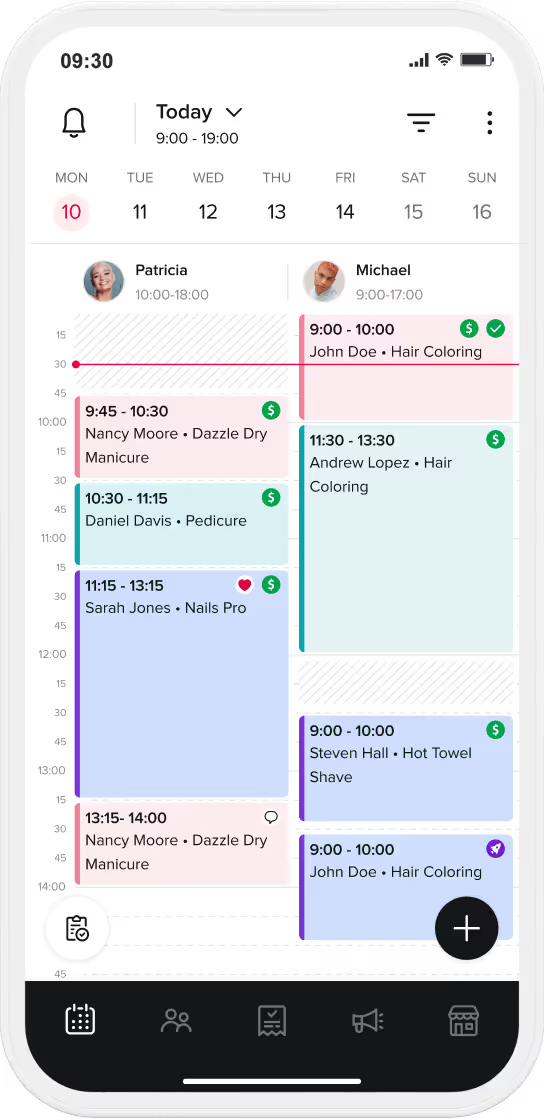

You are scrolling through Instagram, looking for some hair creation inspiration, when suddenly a very familiar picture catches your attention. It’s your very own photo, taken a few days before, showing beautiful highlights you’ve done on one of your clients. At first, you are proud and happy, thinking that someone shared the picture out of pure admiration and tagged your salon in description… only to discover your name is nowhere to be found. What’s worse, the person that posted the photo claims they did the hairstyle and gets all the credit and praise in the comment section. You are simply astonished and turn into a pillar of salt for a solid minute. Has this ever happened to you? Chances are it has - in times when social media presence may make or break a salon, stylists and salon owners quite often fall victim to plagiarism. How can you secure your photos on social media from theft and how should you react when you notice they have already been stolen?
However rough it may sound, there is no way to fully protect your photos from being stolen - apart from not posting them online at all. Nevertheless, you can make it much harder to do and much easier to identify. Watermarks are basically little signatures you add to your photos. What distinguishes them from ordinary ones is the fact that they are often placed in the middle of the image, making them difficult to remove. They are often half-transparent, so they don’t cover too much of the image.
Disabling the right-click option This point will be useful for your websites and blogs. Common photo thieves simply right-click images they want to steal and save them. More advanced users can quickly work around this, but an average Internet user will get discouraged. It can be done with just a few lines of javascript code, so simply ask the person responsible for building your website - they will know what to do. Reverse image search Did you know, that Google allows you to not only search by words, but also by images? Thanks to that, you can find out whether your photos were published anywhere outside your own pages. It’s very simple - just go to Google Images, click the little camera icon in the search bar, upload your picture and voilà - you have a full list of places where it was posted. It is wise to reverse image search your artwork every once in a while - especially the images you are the most proud of. This way you are aware if someone has stolen it and react accordingly.
And what can you do when the theft has already taken place?
There is also that one thing we usually don’t think about on a daily basis - creating a secure, well-organised archive of photos you take. Most probably, you take photos of your clients with your private smartphone. How many times have you deleted them by accident or because you didn’t have enough space to store them? For your own safety and comfort, it’s better to store them in a secure location where you can link photos to specific clients. This way, you have additional proof that you are the owner of the pictures. Even if you don’t post some of them online, they definitely can come in handy - you can clearly see the progress of regular client’s metamorphosis, which is especially helpful during multistage treatments that require a series of upkeep sessions. Your Booksy allows you to add multiple photos to your customer records, so that every client’s account can be enriched with their pictures. What’s important, you can restrict access to them, which comes in handy when you want to keep peering eyes out of client records. Experiencing photo plagiarism, especially if you are a business owner and an artist, is a horrible thing. The Internet may seem like a wild place which you have no control over whatsoever. However, remember that you are not helpless - secure your photos the best you can and don’t be resistant to fight for your rights if a theft happens. And keep all of your photos in Booksy - they will be safe and sound there, waiting for you to pridefully display them online!


